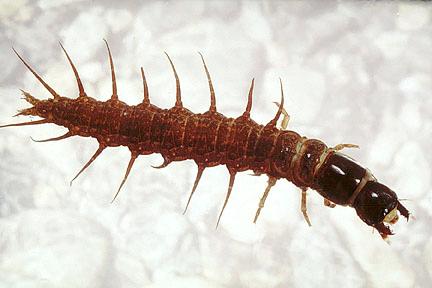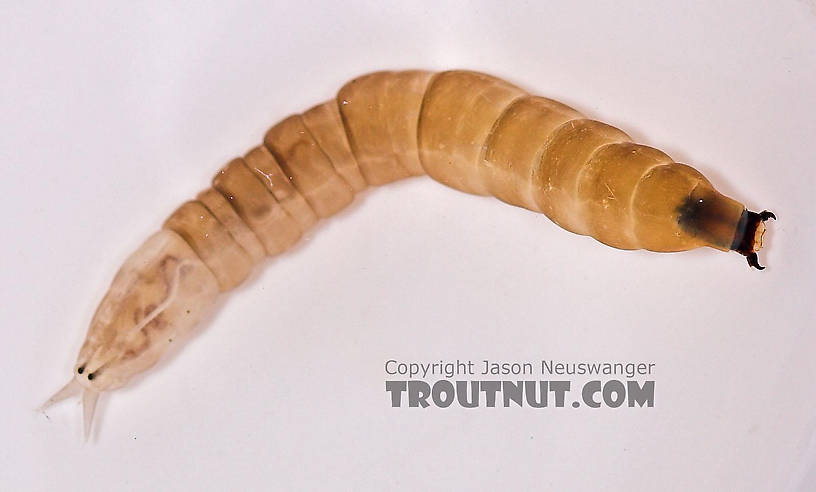dragonfire1577
Arachnodemon
- Joined
- Oct 7, 2015
- Messages
- 697
A stonefly is possible too.



✓ One inch long.Alright, I'll describe it again, then, from the wrist, to the first thumb knuckle, was its length, it was the color of sperm, and not much thicker than a twig, it was below the water, but I got it on a stick, and it reminded me of a facehugger from AVP, the way it curled around it, it got up on the stick, and started rushing me, no claws, or pincers, or teeth that I could see, just its tail, I threw it in the water, and it slipped between some rocks on the shore, so I don't know if it lives in, or out of the water, and keep in mind that Bear Creek used to be a landfill, and then some, and it's been every color of the rainbow, so if it can't survive pollution, then it's not what I seen. So, to sweeten it up, its about an inch long, from tip to tip, semen coloured, six legs, a tail, and a body.

✓ One inch long.
✓ Breaths through tail.
✓ Pollution tolerant.
✓ No claws or pinchers.
✓ Six legs, tail, and body.
✓ Slim like a twig.
✓ Can be semen colored after a molt.

It's a waterscorpion in the genus Ranatra. You just saw one after a molt.